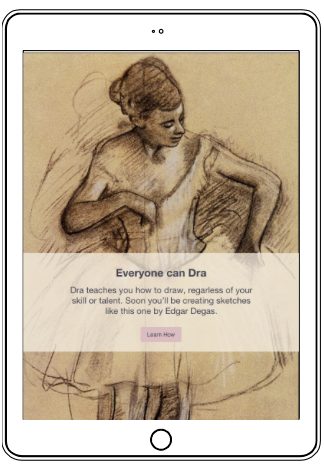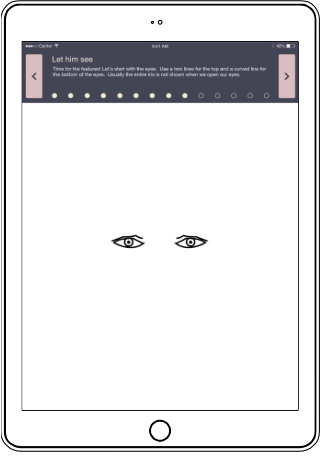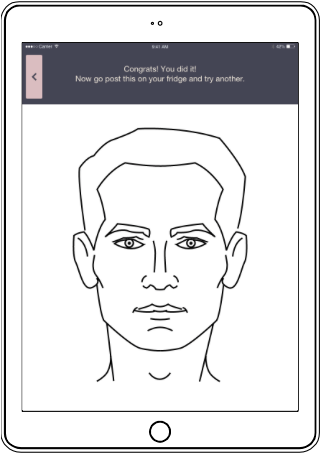
Project
Dra
An iPad-powered drawing guide that grows your confidence on paper, one layered sketch at a time.
Dra transforms an iPad or tablet into a glowing lightbox so adults can practice traditional drawing with real pencil and paper—gently guided by digital prompts. The experience begins with traced overlays, then gradually lifts the training wheels until only simple grids remain. By the end, learners draw with confidence, using muscle memory they’ve rebuilt stroke by stroke.
Collaboration & Scope
Dra is the product of a two-month collaboration with my friend and Cornell Tech classmate Adebisi Oje. We approached the challenge through design thinking, moving from research to prototypes that we iterated quickly with real learners.
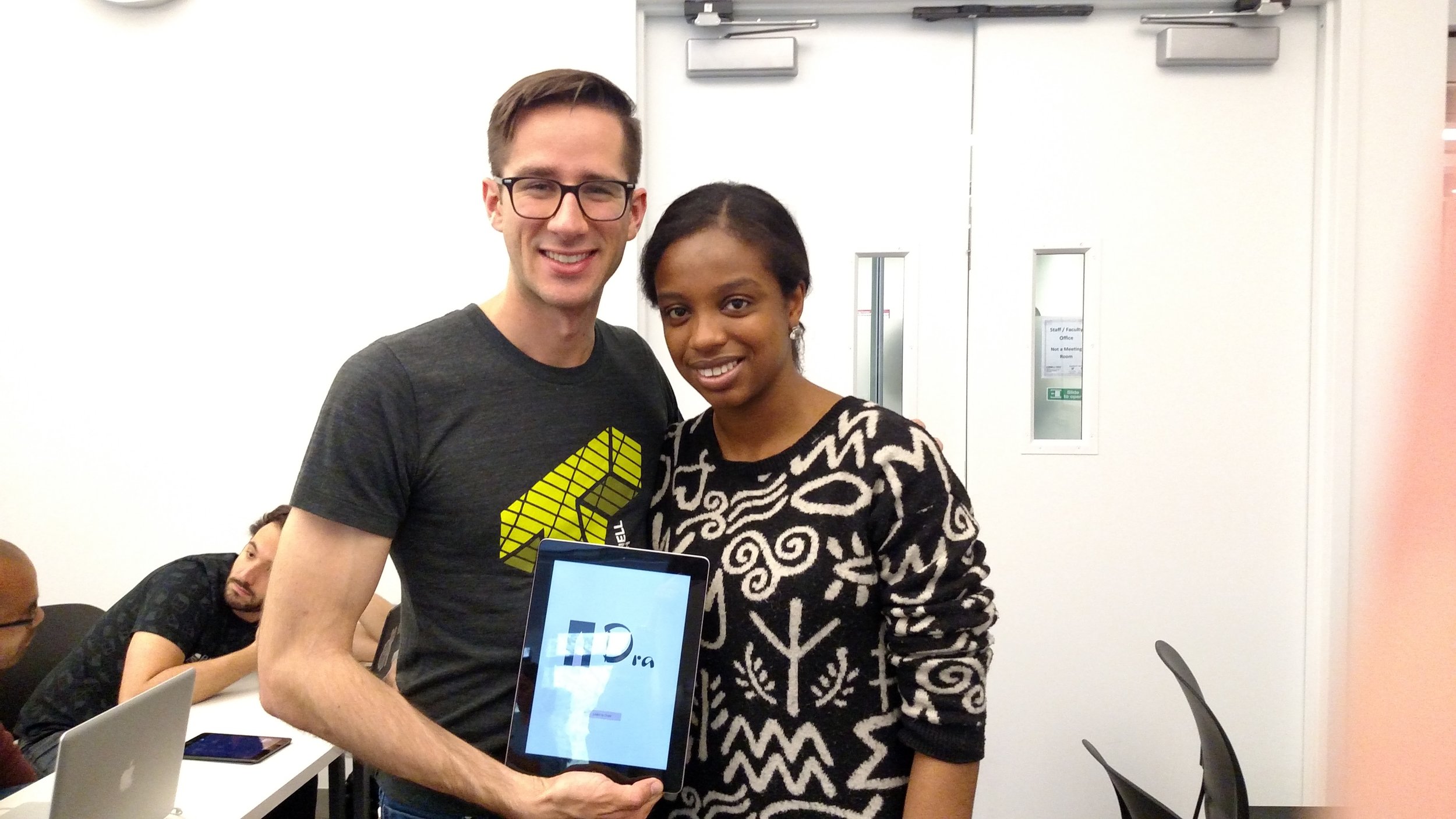
Empathize
The Guardian recently argued that drawing should be a curriculum essential—especially for STEM learners. I see the same need in the workplace: whiteboards, paper prototypes, ideation sessions, even meaningful note-taking depend on being able to sketch quickly. Yet so many adults feel intimidated by drawing.
To understand what holds people back, we surveyed 46 aspiring artists across Facebook and Reddit communities (ages 18–65+). Nearly everyone was eager to improve—and most wanted to work on paper. Sixty-seven percent asked for help with drawing people; 56% specifically wanted portraits, so we centered the experience there.
We followed the survey with in-depth interviews and drawing sessions. Participants shared their enthusiasm, the time limits of their attention (roughly ten minutes per pose), and the moments where confidence wavered. Those field notes informed our guiding question:
How might we teach adults to draw on paper using their mobile devices?
That concise “How might we…” statement opened space for experimentation as we moved into prototyping.
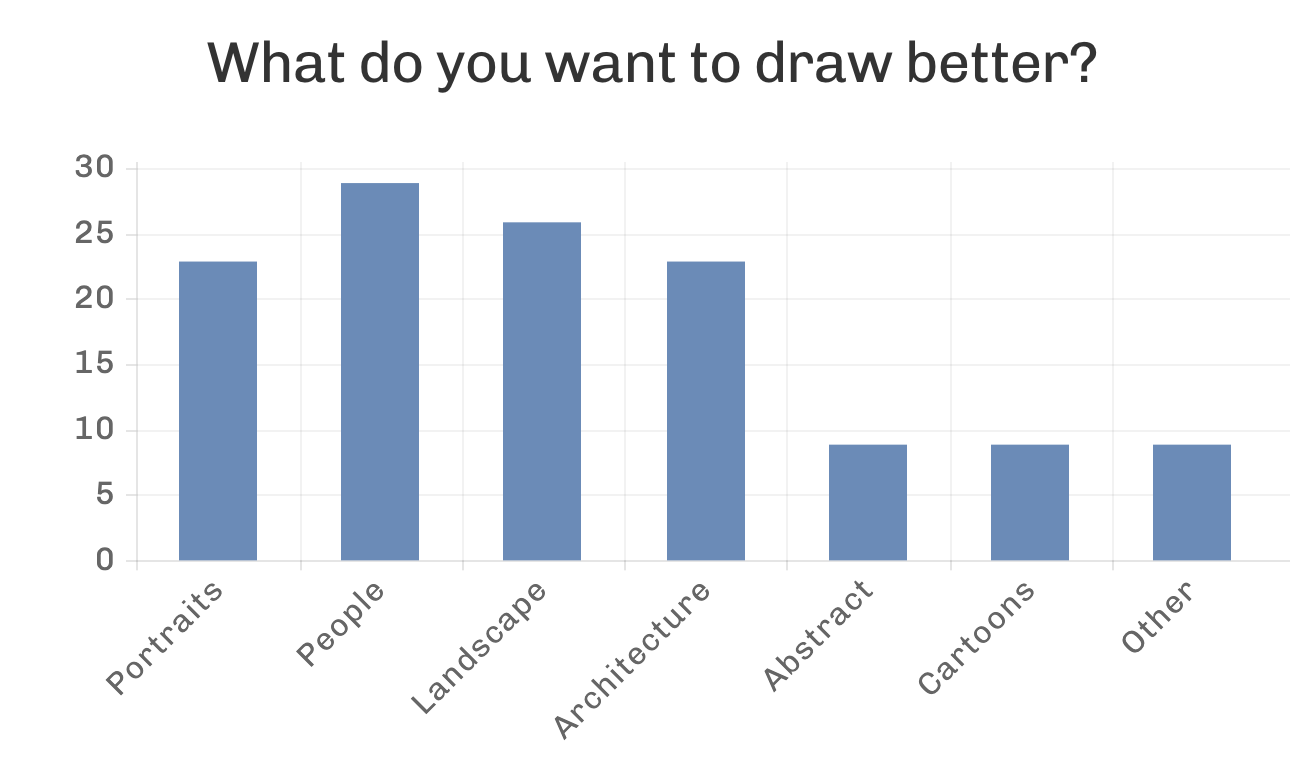
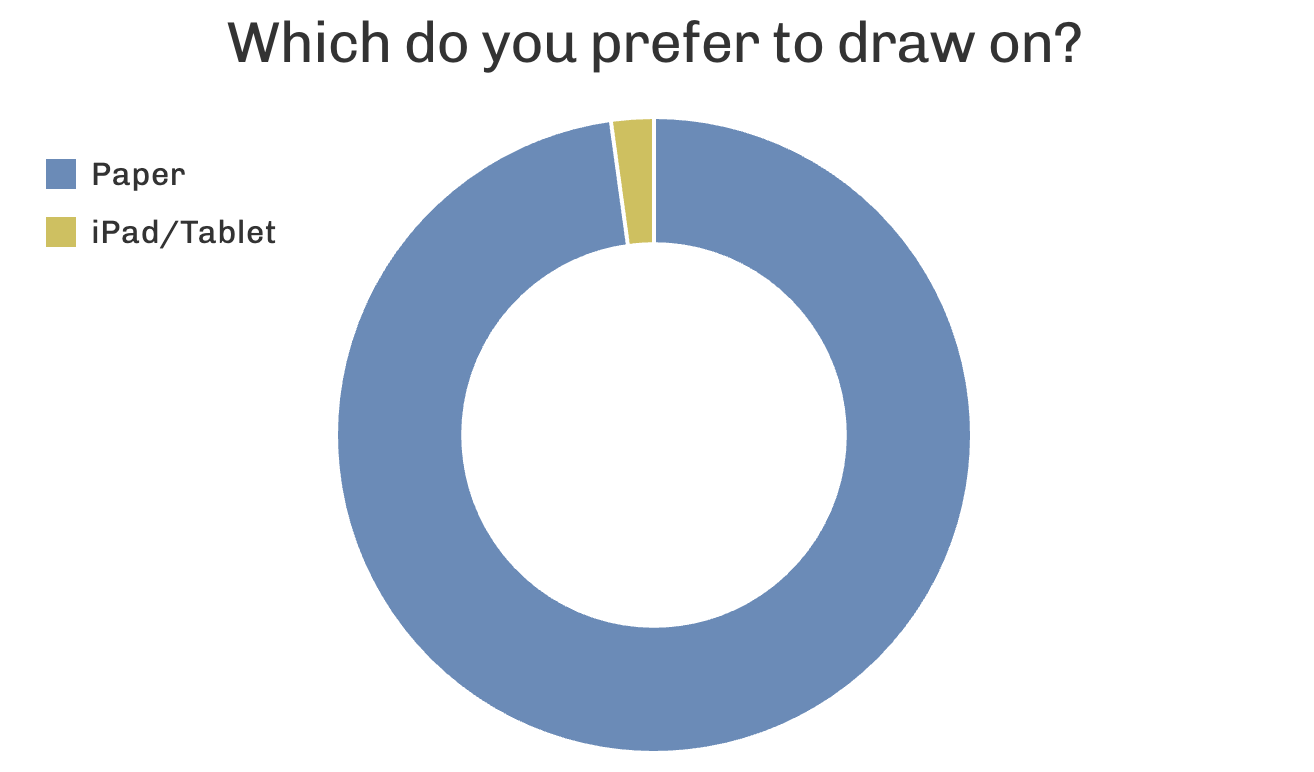
Prototype
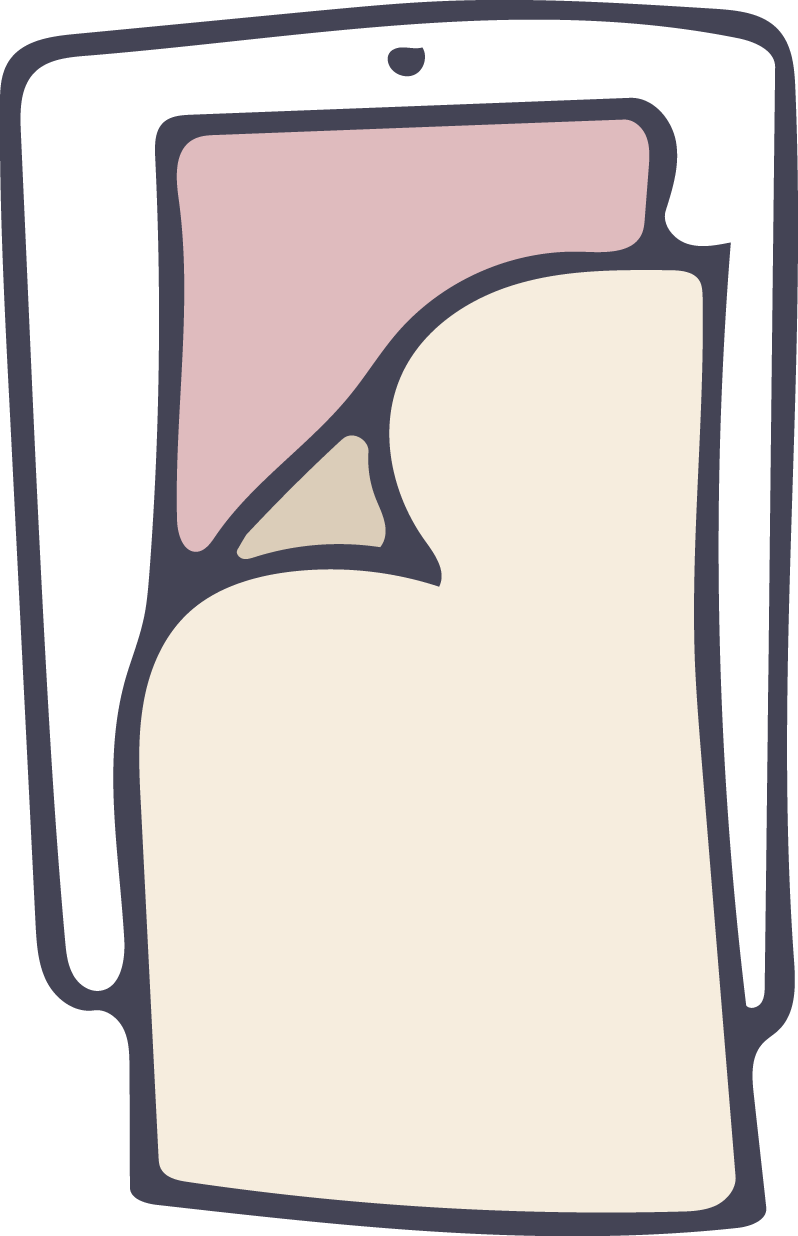
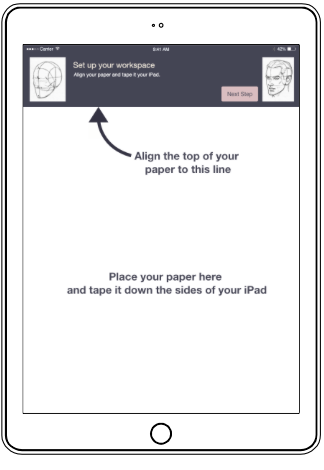
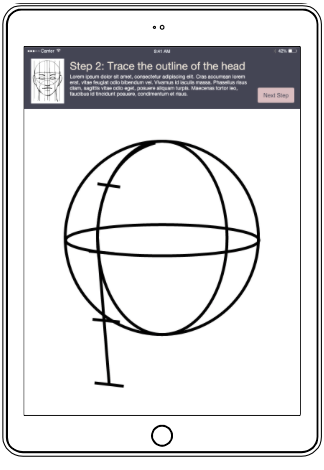
We began with paper sketches, then produced a tappable PDF to test the concept: users laid paper over the iPad and traced what glowed through. Early lessons taught us:
- Palms accidentally swiped the PDF, so a native interaction was crucial.
- A bright background produced the best contrast for pencil tracing.
- People were thrilled to use real paper—they just needed a gentle scaffold.
Armed with that insight, we built a high-fidelity prototype in Proto.io tailored for the iPad.
Results
We asked participants to draw three portraits: one cold, one with Dra, one after using Dra but without guides. The third sketches consistently showed stronger proportions, line confidence, and expression.



Learners reported that the layered guidance built trust in their hands, and that ending on freehand sketches proved how far they’d come.
Closing Thought
Dra reminds adults that pencil and paper are still powerful tools. It bridges digital convenience with tactile craft, giving people a reason to draw—and confidence to keep going after the tablet is turned off.

